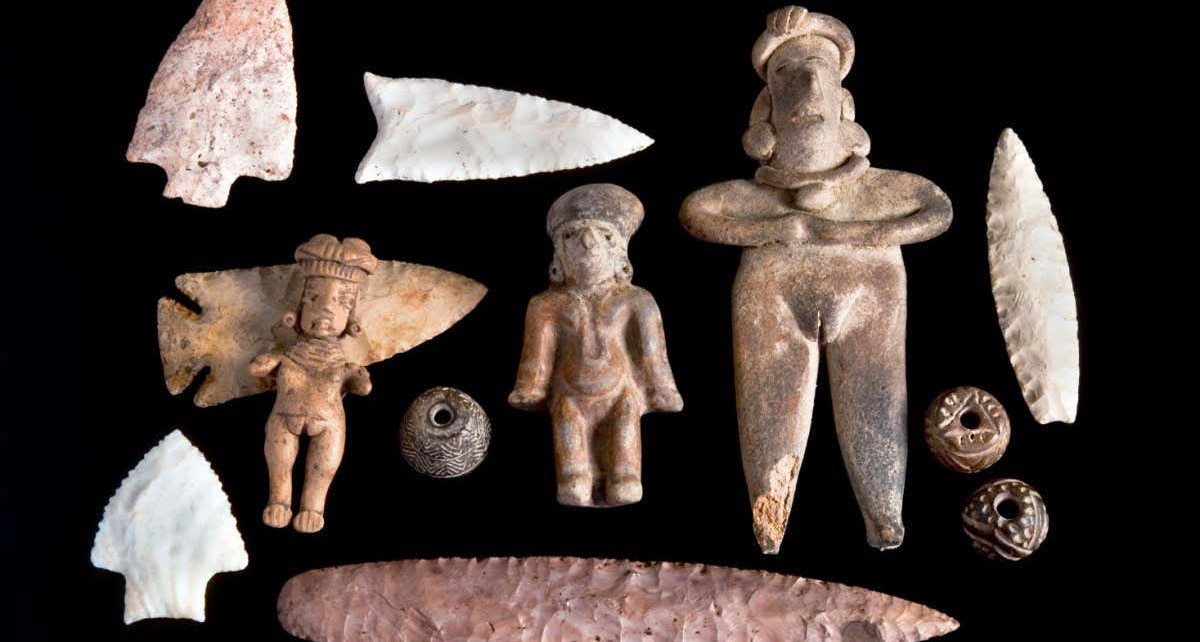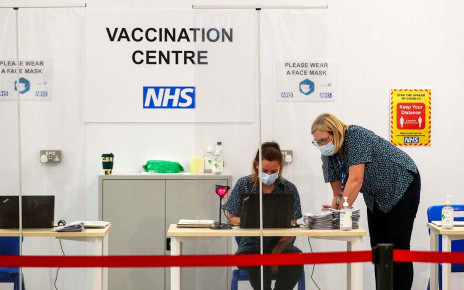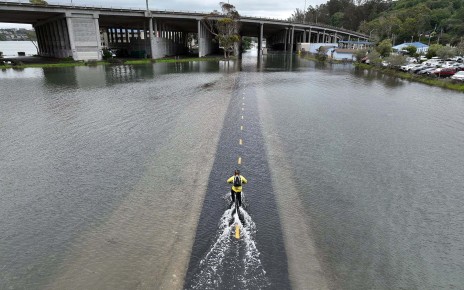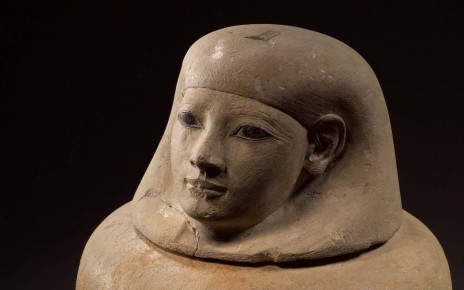[ad_1]
WHO were the first people to reach the Americas? When did they get there, and how? These are among the most mysterious questions in prehistory, and have long been studied using traditional archaeology: bones, artefacts and so on. In recent years, however, the field has been revolutionised by genetic data. DNA from living people and preserved remains has both enhanced and transformed our understanding of the continents’ First Peoples (those who were on the continent before Europeans arrived) and how they got there.
Jennifer Raff is a genetic anthropologist at the University of Kansas who has been involved in many studies of ancient American DNA, so she is an ideal guide to the subject. Her book Origin bills itself as “a genetic history of the Americas”, and it largely delivers on that promise. The final third of the book, in particular, draws on genetic and archaeological evidence to tell the story as we see it now. This section is a model of clear and nuanced explanation: Raff highlights the uncertainties and caveats, but doesn’t allow them to overwhelm the story.
The earlier part of the book is less clear in places. Raff re-examines not only some of the Americas’ most important digs, but the problems inherent in interpreting the evidence from artefacts alone, before the advent of genetic technology.
She recounts, for example, how archaeologists were convinced that the first people in the Americas were the Clovis, who made a distinctive kind of stone tool. This idea became dogma, and any archaeological sites that seemed older than the Clovis were dismissed – often on flimsy grounds. Only in the past decade or so has pre-Clovis settlement become accepted.
Then there is the question of how the First Peoples got there. All the evidence suggests that they came from Asia, but there is an open question over the route they took. The evidence is complex and contradictory, and Raff is admirably fair-minded in the way she handles it.
These sections are crucial to the story because they elucidate just how much light genetics has been able to shed on the big mysteries. Unfortunately, they jump back and forth in time, both in prehistory and in the historical sequence in which the discoveries were made, which can get a little confusing. The problem is exemplified by the first page, where an arresting anecdote is interrupted by four footnotes.
Despite this, Origin has many strengths. Raff is a critical historian of her own field, who casts a beady eye over the crimes and misdemeanours committed by earlier generations of archaeologists in the Americas. She argues that the story of anthropology in the Americas cannot be separated from the genocide perpetrated by Europeans on First Peoples. Archaeologists frequently dug up buried bodies without consulting local Native American groups, who regard the bodies as their own ancestors – a belief that has often been validated by genetic evidence.
These attitudes also fed into scientists’ conclusions. When huge artificial structures were found in North America, Europeans attributed them to a lost group of “Mound Builders” and argued that they couldn’t be the work of First Peoples.
“Raff casts a beady eye over the crimes and misdemeanours of earlier generations of archaeologists”
It will make uncomfortable reading for people still wrestling with the legacy of the European colonial empires. Some scientists may prefer that these darker episodes not be mentioned, but I tend to agree with Raff that it is crucial to face them head on. She argues that scientists studying the history and culture of Indigenous peoples anywhere in the world must be in constant dialogue with them: asking permission before conducting new studies and asking what the Indigenous peoples themselves want to know.
Minor niggles aside, then, Origin is a very human book. The settlement of the Americas isn’t simply a scientific mystery to be solved. For Raff, studying the First Peoples is also about learning collaboratively and healing the wounds of history.
More on these topics:
[ad_2]
Source link




